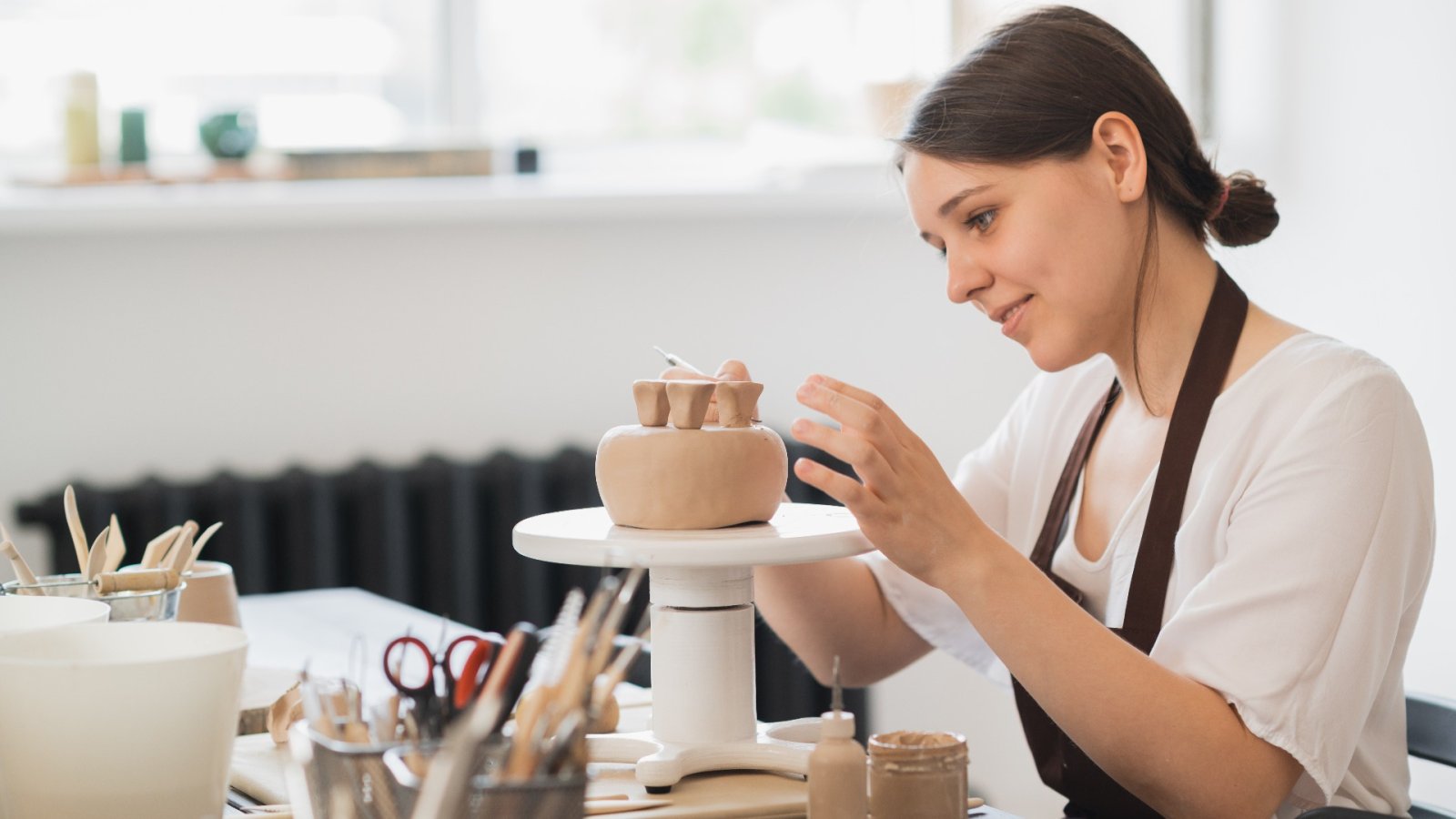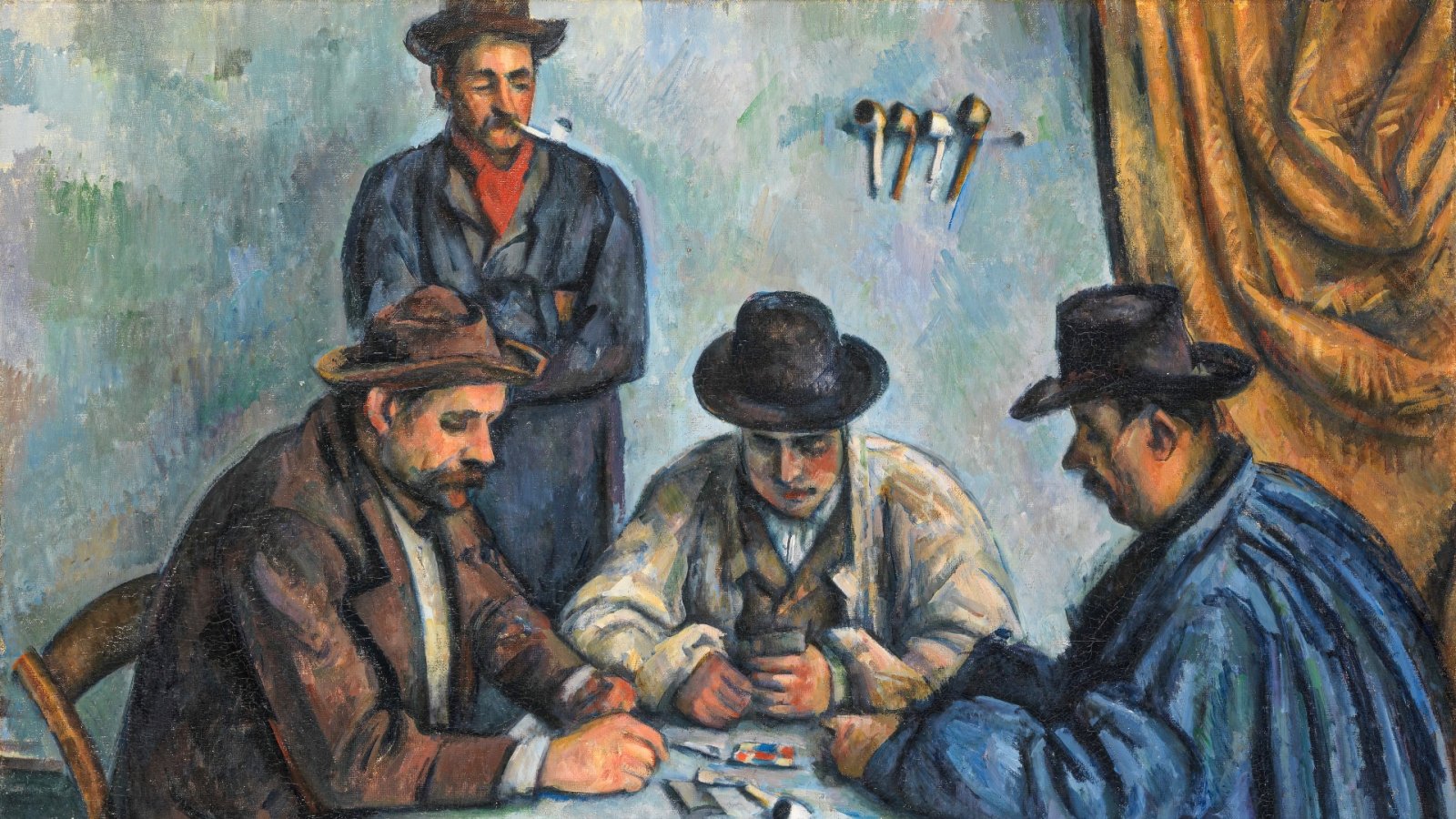There's a new exhibition about Paul Cézanne Tate Modern, London, showing an artist who revealed unconventional facts about human perception. Because Cézanne's paintings astonished his contemporaries, who appeared to deliver a revolutionary new way of seeing. However, no one could explain precisely how they did it.
Even though some artists even joked about Cézanne's bizarre techniques, others were truly bewildered about his visual representations. So, he also had admirers. But the precise character of Cézanne's accomplishment has tormented numerous art historians and thinkers. A vital sense could be seen in the field of science. As findings by neuroscientists and psychologists have demonstrated, the painter's methods include a curious resemblance with the optical processing of the human intellect. He basically toppled hundreds of years of ideas about how the eye functions by painting a world always in movement, impacted by the demise of time and imbued with his memories and feelings.
The painter's insights into human perception took a lot of years of slow experimentation. His work "Sugar Bowl, Pears and Blue Cup" is a relatively traditional painting. Apart from the more irregular handling of color, it is a close family of classic scenes from the 17th century.
Cézanne's belief, supported by centuries of scientific approach, was that the eye is just like a camera, capturing the flow of visible reality that makes a clear picture of our observable circumstances. The philosophic idea is also seen in a diagram from Descartes's essay on eyesight called "La Dioptrique", which shows the eye acquiring a shot picture from the outside world.
"Still Life with Fruit Dish" by Cézanne shows a distorted perspective, where the scene seems to be in front of the fruit plate, as the paint is more thickly applied. The white tablecloth seems discontinued in space and not realistic over the table's border. The painter is showing you that he doesn't care to see the background from one even angle. Instead, he adopted a wandering eye, watching each piece so that when he puts everything together, you as a visitor can see the inconsistencies.
Cézanne's approach tinkles with what we currently understand about visual processing. You might not know, but even when you look at something, your eye is not static. Instead, your eye makes tiny movements - saccades. And this is exactly what the painter was practicing, painting this saccade movement.
You perceive color through a cluster of cones, placed at the center of your retina. But around this, your eye can perceive light and dark, so it has only a tiny place for color. As your eye produces its saccades, the brain is permanently sewing them together, processing the spread data to create the fantasy of a uniform and clear photo actuality. Although this may be counterintuitive, it's a process that can be verified, when you fix your eye on a single spot for a long time. You will discover that your peripheral vision begins to liquefy.
Some researchers say that Cézanne's way of glimpsing with absorbed concentration at his topics caused visual irregularities. The characters from his portraits appear to have mask-like faces. Why? That's because he focused on tiny spots of detail on their faces and did not let his brain consider the human face as a whole.
But intentionally leaving errors in his final paintings doesn't make Cézanne an irresponsible painter. The curators from the Tate Modern exhibition say that it was the contrary and that the painter was an intellectual that read a lot and learned a lot about various subjects including science and optics. One of the most significant results in science during the life of the painter was the invention of photography. Early cameras like the daguerreotype - invented by Louis Daguerre and introduced to the public in 1839 - replicated a perspective of the static vision and they were considered a disappointment by many, including Cézanne.
"Still Life with Plaster Cupid" (c 1894) is a painting where Cézanne studied the magic of human vision even more, as the space makes no sense in this scene. You see an apple at one edge of the room that is the same size as the apples on the dish.
If you look better, you will even see that the painter depicted his cupid figure from different angles. So, this is not a frozen moment in time like it would be in a classical view, but rather a view that's constantly in motion – that of reality. What's more, Cézanne believed that there is no present, but a continuous flow between the past and the future.
And he's using this philosophical theme, about the experience of time - a personal one - that many artists of the time were writing about. This only inspired the next art direction such as Cubism, and greatly influenced painters like Pablo Picasso who would later use the dimension of time in their art: a radical way of seeing.






